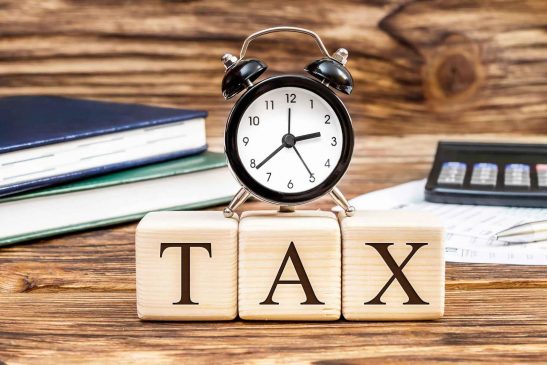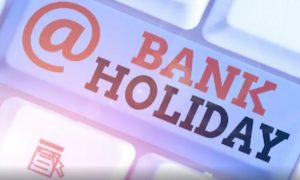Time, tide and tax return filing deadlines wait for no one. With the July 31 due date for filing income tax returns (ITRs) for 2023-24 (assessment year 2024-25) on the horizon, it is time for individual taxpayers to gear up for the annual, inescapable ritual.
But before you log on to the income tax e-filing portal (incometax.gov.in) and initiate the process, you must ensure that you have the key documents required to make the right disclosures.
If the form applicable to you is ITR-1 (Sahaj), the list of documents you need to gather is relatively short. Here is the list of forms and certificates you require at the time of filing your return using this simple form.
Read More: Filing Wrong ITR May Land You In Trouble; Remember These Key Points While Filing Income Tax Return
Form 16
All employers are required to issue this form to their workforce by June 15. You need to access Form 16—through your employer or the TRACES portal—to commence the process of filing the return.
This form gives your personal information: name, address, PAN, the employer’s details and the amount of tax deducted from your salary and deposited with the central government. Go through this form to check whether the amount of tax deducted by the employer from your salary as mentioned in Form 16 tallies with the TDS or tax deducted at source data in Form 26AS (see below).
It will also contain a detailed break-up of your salary, exemptions under Section 10 of the Income-tax Act such as leave travel allowance and house rent allowance, and deductions under Chapter VI-A.
You will need information on deductions that you claimed under various sections such as 80C, 80CCD(1B), 80D and so on while filling up ITR-1, and you will find the details in your Form 16.
Read More: ITR Filing 2024: 10 Alternative Options To Save Income Tax Other Than 80C
Form-26AS
Through Form 26AS, you will be able to view details of property purchases and high-value financial transactions executed during the year besides TDS and tax collected at source (TCS) deposited with the income tax (I-T) department by deductors such as employers and banks.
You can download this statement from the official e-filing website. If you spot any discrepancies with respect to your own records such as bank statements or Form-16, you must approach the deductor entities to rectify the errors before you proceed with filing the returns.
Annual Information Statement (AIS)
AIS is an extension of Form 26AS that gives a more extensive and comprehensive look at your taxes deducted and paid as well as other financial transactions. For instance, it will display details of tax refunds, savings account interest or dividend earned, rent received, purchase and sale of securities or immovable properties, foreign remittances and so on.
It is crucial to access both Form 26AS and AIS to ensure you declare all financial transactions that are liable to tax in your ITR. Not disclosing these details could lead to a notice from the I-T department. Also, identifying the sources of income where tax has been deducted will allow you to claim credit against such deductions.
Read More: 6 ways to save tax without making any investment
Bank TDS certificates
Download account statements across banks as also TDS certificates. For instance, tax withheld on your fixed deposit interest income will be displayed in these certificates. Tally the figures with the TDS withheld data in Form 26AS. In the case of any mismatch, get in touch with your bank to rectify the errors.
Tax deduction proofs
If you had missed intimating your intention to stick to the old tax regime to your employers while submitting proposed investment declarations in April 2023, your employer would have computed your taxes as per the new tax regime.
The new, minimal tax exemptions regime was declared the default option from 2023-24. So all employers adhere to the rule, which means employees who fail to expressly choose the old tax regime in April see a higher-than-anticipated tax outgo.
Such employees can pick the old tax regime even at the time of filing returns, but a mismatch in Form 6 and ITR data could lead to notices. Make sure you preserve all the documentary proof for your deductions to enable you to satisfy queries, should they arise.
More importantly, do not fraudulently claim deductions you are not entitled to, for example, donations to charitable institutions under Section 80G. Your AIS keeps a record of your financial transactions, so any discrepancy will evoke suspicion and result in a notice from the I-T department.





































